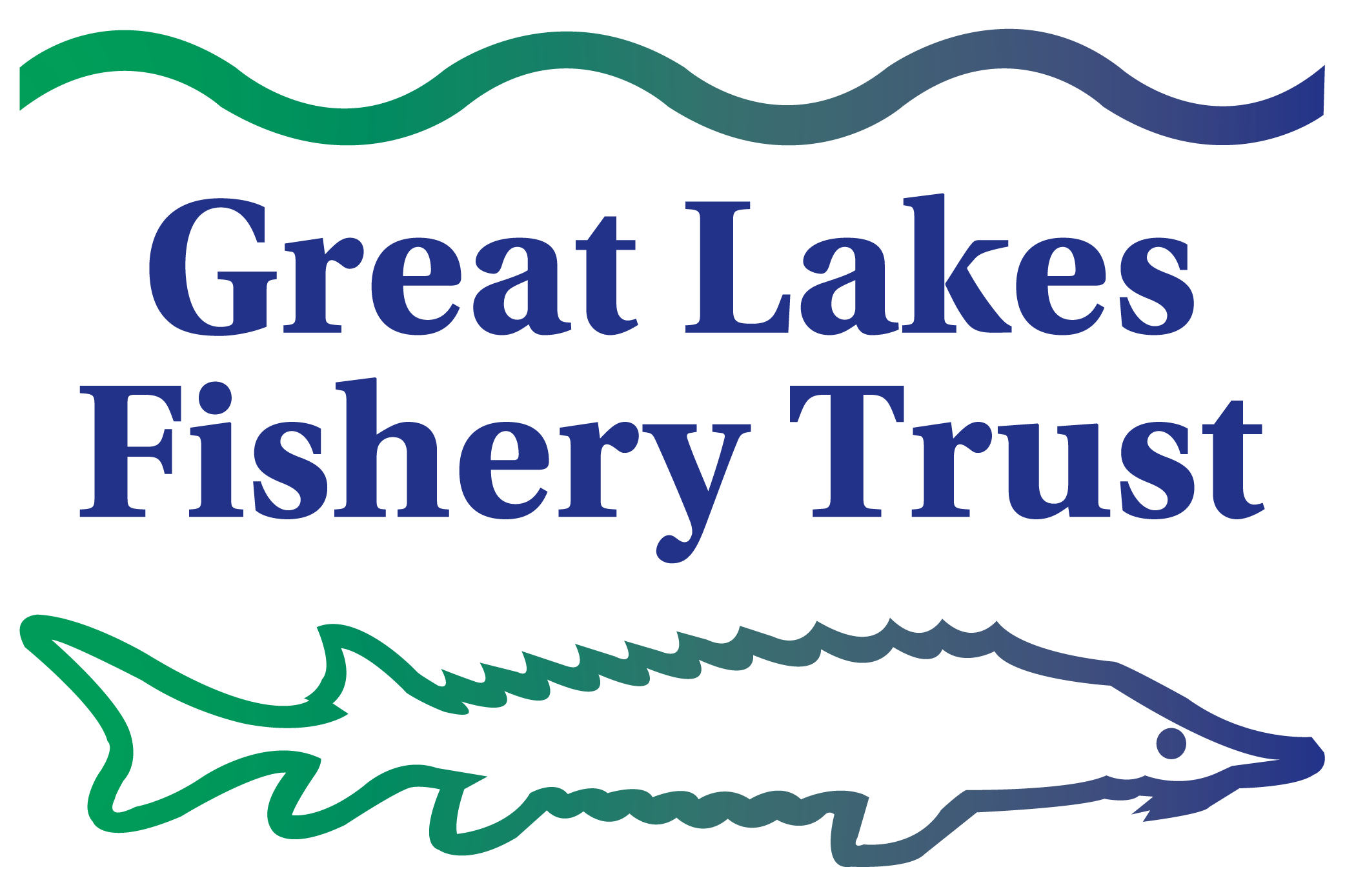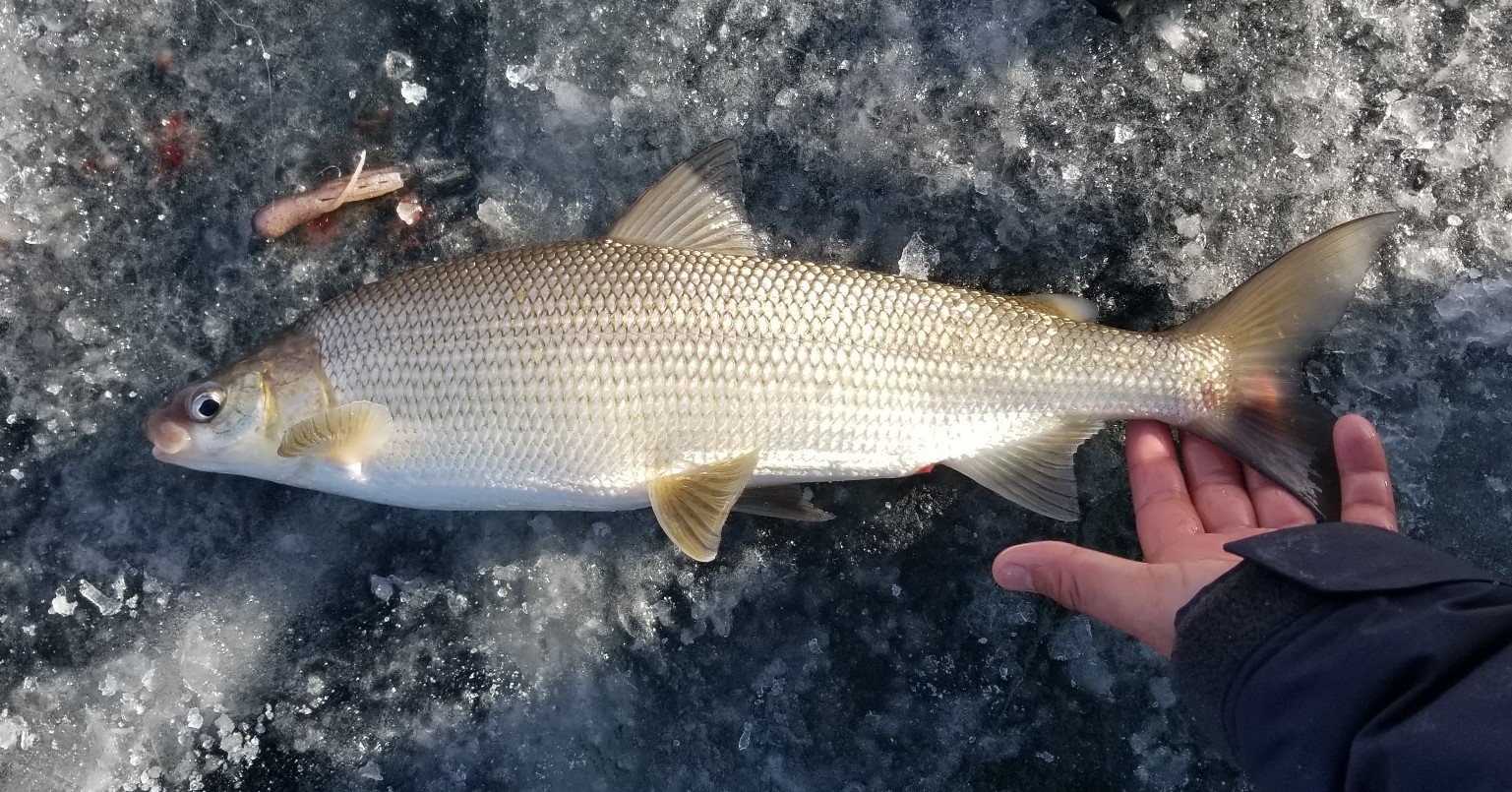photo credit: University of Wisconsin Stevens Point student Ben Vasquez
Using Genomics Techniques to Delineate Lake Michigan Whitefish Stocks
Lake whitefish are a commercially, recreationally, and culturally valuable species in the Great Lakes, but populations have been declining over the last decades. In Lake Michigan, much of the variation in lake whitefish recruitment and abundance appears to be different across stocks. If whitefish stocks were more clearly delineated, then researchers and managers could have more options for investigation of recruitment dynamics and stock-specific management.
This research project used genomic techniques to improve understanding of the population structure in lake whitefish, while at the same time providing the basis for a more cost-effective genotyping tool. Drs. Megan McPhee of the University of Alaska–Fairbanks and Wes Larson of the National Oceanic and Atmospheric Administration, along with postdoctoral researcher Yue Shi, led a research team that investigated spatial structure in lake whitefish populations using tens of thousands of genetic markers and identified which genetic markers had the most statistical power to differentiate whitefish stocks. They designed a genetic panel to target only the most informative genetic markers, which was able to identify finer-scale population structure than what was apparent from previous genetic studies.
Key Findings
- Whitefish on the northwestern side of Lake Michigan are genetically distinct from those on the eastern side.
- Whitefish on the eastern side of Lake Michigan show a greater level of population structure than those on the western side.
- There is less genetic differentiation than previously reported between whitefish from the Lake Michigan side of the Door County peninsula and those from Big Bay de Noc to the peninsula’s northeast.
- There are two genetic clusters of whitefish in northwestern Lake Michigan that appear to overlap in Green Bay.
Significant Outcomes for Research
Results of this work are being used to genotype mixed-stock samples of whitefish from Lake Michigan (with Dr. Jared Homola of the University of Wisconsin–Stevens Point), potentially leading to better catch-at-age models for lake whitefish stock assessment. This work could also lead to better delineation of biologically based management units.
Learn More
For questions, contact the primary investigator, Dr. Megan McPhee, at [email protected]
Disclaimer
Research Notes includes the results of GLFT-funded projects that contribute to the body of scientific knowledge surrounding the Great Lakes fishery. The researcher findings and grant result summaries do not constitute an endorsement of or position by the GLFT and are provided to enhance awareness of project outcomes and supply relevant information to researchers and fishery managers.





